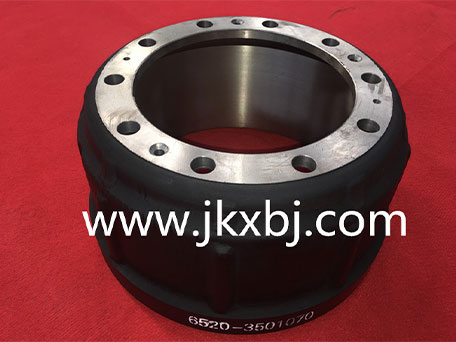

m5 threaded rod
Nov . 21, 2024 23:12 Back to list
m5 threaded rod
Understanding M5 Threaded Rods Characteristics and Applications
M5 threaded rods, a popular choice in various engineering and construction applications, are small yet vital components known for their versatility and strength. The designation M5 describes the metric thread size, with a nominal diameter of 5 millimeters. Threaded rods are often used in conjunction with nuts and washers, making them essential in creating secure and adjustable joints in structures and assemblies.
Characteristics of M5 Threaded Rods
1. Material Composition M5 threaded rods are commonly made from a variety of materials including stainless steel, carbon steel, and even plastic. Stainless steel rods are particularly valued for their corrosion resistance, making them ideal for outdoor applications or environments where moisture is prevalent. Carbon steel offers higher tensile strength, while plastic threaded rods are lightweight and resistant to chemical damage, but may not support as much load.
2. Thread Design The threads on an M5 threaded rod are designed to facilitate the coupling with nuts. The standard pitch for M5 rods is typically 0.8 mm, meaning there are 1.25 threads per millimeter along the rod. This configuration provides a good balance between holding strength and the ease of assembly, allowing for a snug fit without excessive torque.
3. Length Variations M5 threaded rods come in various lengths, ensuring they can meet different application requirements. Standard lengths range from a few centimeters to several meters, offering flexibility for both small-scale projects and large constructions.
4. Strength and Load-Bearing Capacity While they may appear small, M5 threaded rods can bear significant loads when properly installed. Their load capacity ultimately depends on factors such as material, length, and the type of connection used. For instance, when coupled with appropriate nuts and washers, they can provide a stable and rigid joint capable of handling dynamic loads.
Applications of M5 Threaded Rods
m5 threaded rod

M5 threaded rods are used in many fields, from electronics to construction and machinery. Here are some notable applications
1. Electronics Assembly In electronic devices, M5 threaded rods are often used to mount components securely. The adjustable nature of rod fasteners allows for easy assembly and disassembly, which is especially beneficial for maintenance and repairs.
2. Furniture Design In the furniture industry, M5 threaded rods are commonly used to construct tables, chairs, and shelving systems. Their strength allows for the creation of sturdy frameworks that can support substantial weight while maintaining an aesthetically pleasing design.
3. Construction M5 threaded rods find applications in various construction projects. They are used to connect structural elements, such as beams and columns, and are crucial in ensuring the integrity of buildings, bridges, and other infrastructures.
4. Automotive Applications In the automotive industry, M5 threaded rods are utilized in assembling parts of vehicles, including the engine and body components. Their ability to withstand vibrations and dynamic loads makes them indispensable in this sector.
5. Robotics and Machinery M5 threaded rods are also prevalent in robotics, where precise and reliable connections are required. They help to hold together various robotic parts, ensuring that the mechanisms function correctly and efficiently.
Conclusion
M5 threaded rods may be small, but their significance cannot be overlooked. Understanding their characteristics, such as material composition and load-bearing capacity, as well as their versatile applications across different industries, underscores the importance of this component in modern engineering and construction. Whether you are a DIY enthusiast or a professional engineer, mastering the use of M5 threaded rods can enhance the quality and reliability of your projects.
Latest news
-
Premium Fasteners Manufacturer | AI-Driven Solutions
NewsAug.01,2025
-
Hot Dip Galvanized Bolts - Hebei Longze | High Strength, Corrosion Resistance
NewsAug.01,2025
-
High-Strength Hot Dip Galvanized Bolts - LongZe | Corrosion Resistance, Custom Sizes
NewsAug.01,2025
-
Best Self Tapping Screws for Drywall - Fast & Secure Installation
NewsJul.31,2025
-
High-Strength Hot Dip Galvanized Bolts-Hebei Longze|Corrosion Resistance&Customization
NewsJul.31,2025
-
Hot Dip Galvanized Bolts-Hebei Longze Metal Products|Corrosion Resistance&High Strength
NewsJul.31,2025

